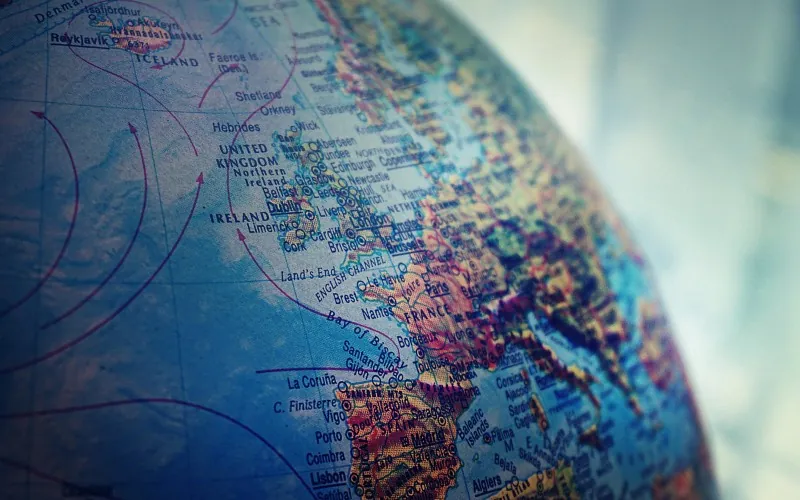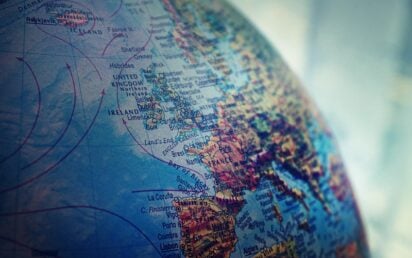The established system of global economic relations functions on the basis of a mechanism that assumes an asymmetrical level of benefits between developed and developing countries.
As a result, an American, Swede, or, for example, a Swiss consumes 40 times more of the Earth’s resources than the average Somali, eats 75 times more meat than an Indian, and burns 150 times more electricity than the average Nigerian.
The statistics can only be supplemented by the fact that even the average cat in England consumes twice as much protein as the average African. According to a report by scientists published by the Royal Society, a child in a developed country consumes 30-50 times more water than his or her peer in a developing country.
In 2010, nearly a billion people did not receive the minimum required calories, despite the fact that, on average, global calorie consumption increased by 15% between 1969 and 2005. At the same time, in the Middle East, North Africa, South Asia, and sub-Saharan Africa, more people live on less than $5.50 a day today than in 1990.
By 2025, this figure will have quadrupled and will continue to grow.
1) the availability of technology, production capacity, human and financial capital in more developed countries, enabling them to produce high value-added goods that are in demand on the market, which ensures the development of a mechanism of unequal exchange;
2) The functioning of the global financial system, which contributes to the formation of a surplus of financial capital in developed countries and a deficit in developing countries.
3) The attractiveness of developed countries as destinations for emigration, education, travel, the purchase of residential and non-residential real estate, and other investments.
A new look at gambling and games here – litecoin casino
The varying degrees of development of the main factors of production mean that developed countries (which are usually resource-poor) receive mainly raw materials from more backward countries, process them, and add a substantial premium to the price, known as added value.
As a result, a unit of labor hour spent in the processing industry of a developed country differs significantly from a unit of labor in the extractive industry of a developing country.
In other words, the average level of value added per capita in developed (industrial) countries significantly exceeds the same indicator in developing countries, with the narrowing gap between developing countries primarily due to the fact that China is also included in this group.
An indicator that clearly illustrates how a country’s level of development affects the formation of unequal exchange between developed and developing countries is the value added multiplier, which shows how many times the national manufacturing industry increases the value of raw materials.
Another aspect that contributes to the asymmetry of benefits from economic relations is the possibility of virtually free transfer of funds from developing countries to developed countries under various “pretexts.”
To this end, in addition to the already mentioned unequal exchange, currency convertibility regimes, and interest rate differentiation, a mechanism has been introduced to ensure the functioning of anonymous companies engaged in foreign economic activity, mainly in the jurisdictions of advanced countries (Britain, the US, France, the Netherlands, Singapore, China (although formally the latter two are developing countries, etc.).


